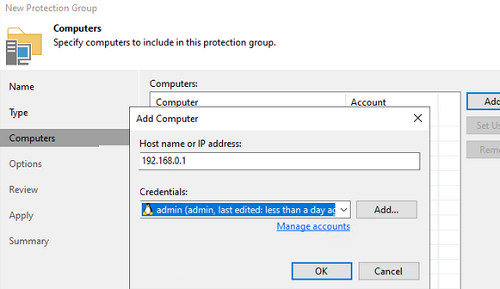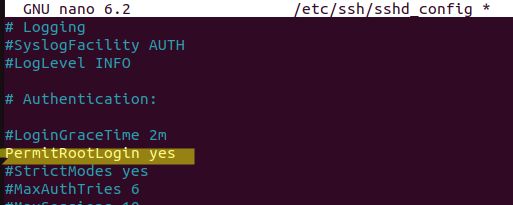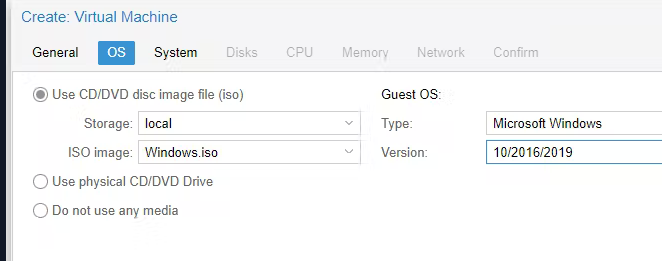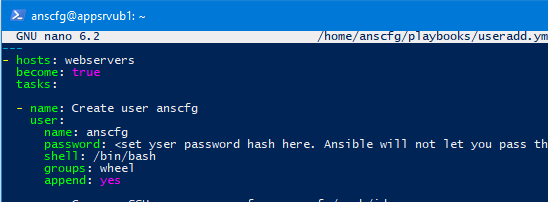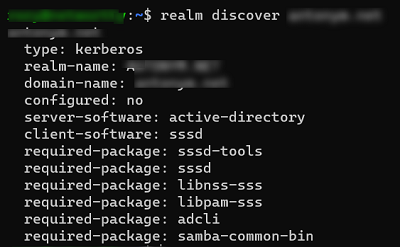In this article, we will look at how to install Veeam Agent for Linux on CentOS/RHEL/Rocky/Oracle Linux/Debian/Ubuntu.
The Out of Memory Killer (OOM Killer) is a mechanism in the Linux kernel that frees up RAM when it runs out of memory by forcibly killing one of the running processes.
Using SSH in a docker container is a bad practice and should be avoided. In most cases, it is recommended to use the docker exec command to get a container shell. But in some cases, you need to connect to the docker container remotely via an interactive SSH session.
By default, when connecting, OpenVPN clients receive a dynamic IP from the DHCP range that you set in the OpenVPN server configuration file (server.ovpn) server network netmask (for example, server 10.24.1.0 255.255.255.0). In some cases, you want certain OpenVPN clients to get the same static IP address every time they connect.
Continue reading “OpenVPN: Assigning Static IP Addresses to Clients”
When trying to add a PPA in Ubuntu/Debian/Mint, you may get the following error:
Continue reading “Fixing add-apt-repository not found error in Linux”
In this example, we’ll look at how to edit Linux configuration files with Ansible using sshd_config as an example. Our Ansible playbook should modify the sshd_config file and change/remove directives with insecure authentication algorithms.
Continue reading “Using Ansible to Change Config Files in Linux”
In this article, we will show you how to create a virtual machine on the Proxmox Virtual Environment hypervisor and install the Windows 10/11 or Windows Server 2022/2019/2016 guest operating system on it.
Continue reading “How to Create a Windows Virtual Machine in Proxmox VE”
In this article, we’ll show you how to create user and add your public SSH key to remote Linux servers using Ansible.
Continue reading “How to Create User and Copy SSH Key with Ansible?”
To make it easier to join Ubuntu or Debian machine to the Windows Active Directory domain, instead of the samba + winbind bundle, you can use the realmd (Realm Discovery) package, which allows you to automatically configure the SSSD (System Security Services Daemon) service on Linux. This article is applicable for Ubuntu 20.04/22.04 and Debian 10/11.
Continue reading “Join Ubuntu/Debian Computer to Active Directory Domain”
In this article, we will show you how to join servers or workstations running CentOS 8, RHEL, or Rocky Linux to an Active Directory domain using realmd, and how to authenticate to a Linux host using an Active Directory account. The Realmd (Realm Discovery) service makes discovering and adding Linux hosts to an AD domain much easier. Realmd uses SSSD (via Kerberos and LDAP) or Winbind to verify and authenticate Active Directory accounts.
Continue reading “Joining CentOS/RHEL/Rocky Linux to Active Directory (AD) Domain”

